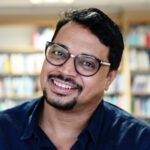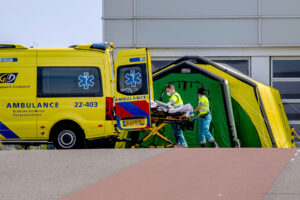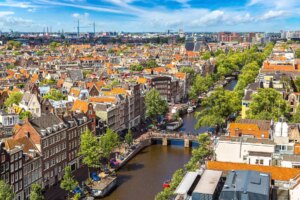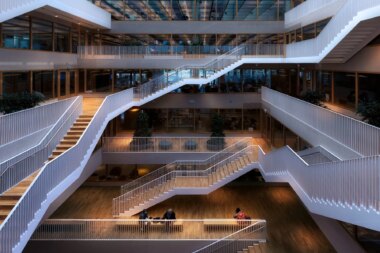The Netherlands consistently ranks among the top places in the world to live and work, which is great for any expat to learn about the Netherlands. But a Netherlands introduction doesn’t end there.
The Netherlands may be a small country in size, but certainly not in impact. The Netherlands is famed for its liberal social policies, maritime trading traditions, battles to hold back the sea, robust multiculturalism and leading technological communications, making Dutch lifestyle a mosaic of cultural intrigue.
Netherlands introduction: high living standards
Living standards consistently rank high in the OECD’s Better Life Index, and the Netherlands has the fourth best work-life balance and high levels of employment and household wealth. Dutch children, likewise, are ranked as the happiest in the developed world, topping two surveys conducted by UNICEF.

No Dutch city has yet reached a million inhabitants and each retains a unique character and architectural style. The capital is something else entirely, and in terms of atmosphere and attitude, Amsterdam and the Netherlands could be two different countries.
Dutch culture
To newcomers, Dutch society might seem open and informal, but some complex social rules are at play. Ostentatious behavior is frowned upon, egalitarianism is valued and Dutch people ‘like to be as normal as possible’ according to Martijn de Rooij, author of The Dutch I Presume? The Dutch saying ‘doe maar gewoon dan doe je al gek genoeg’ (just act normal, that’s crazy enough) is an anthem against eccentricity.
Living and working in the Netherlands
Culture and quality living combined make the Netherlands an attractive place for expats, who are an intrinsic part of the country’s knowledge-based economy. The Dutch people are generally receptive, curious, cultured, and friendly. English is widely spoken – a survey by Education First ranked the Netherlands as third in the world for English proficiency as a second language – but this can be a drawback for those learning Dutch. With many international companies headquartered in the Netherlands, there are plenty of employment opportunities.
About the Netherlands’ multicultural society
International residents tread a well-worn path to the Lowlands. Out of a population of some 16.9 million people, more than three and a half million have a foreign background (cbs.nl). This multi-ethnic characteristic of the country’s population has historic roots stretching back several hundred years, though most rapid changes in population demographics have come about in the last 40 years.
Dutch government
Foreign policy has impacted domestic politics in recent years, and influenced two government collapses in the space of around two years. The last collapse in April 2012 resulted from a coalition breakdown over austerity measures to steer the Eurozone’s fifth-largest economy below the EU deficit ceiling of 3%.
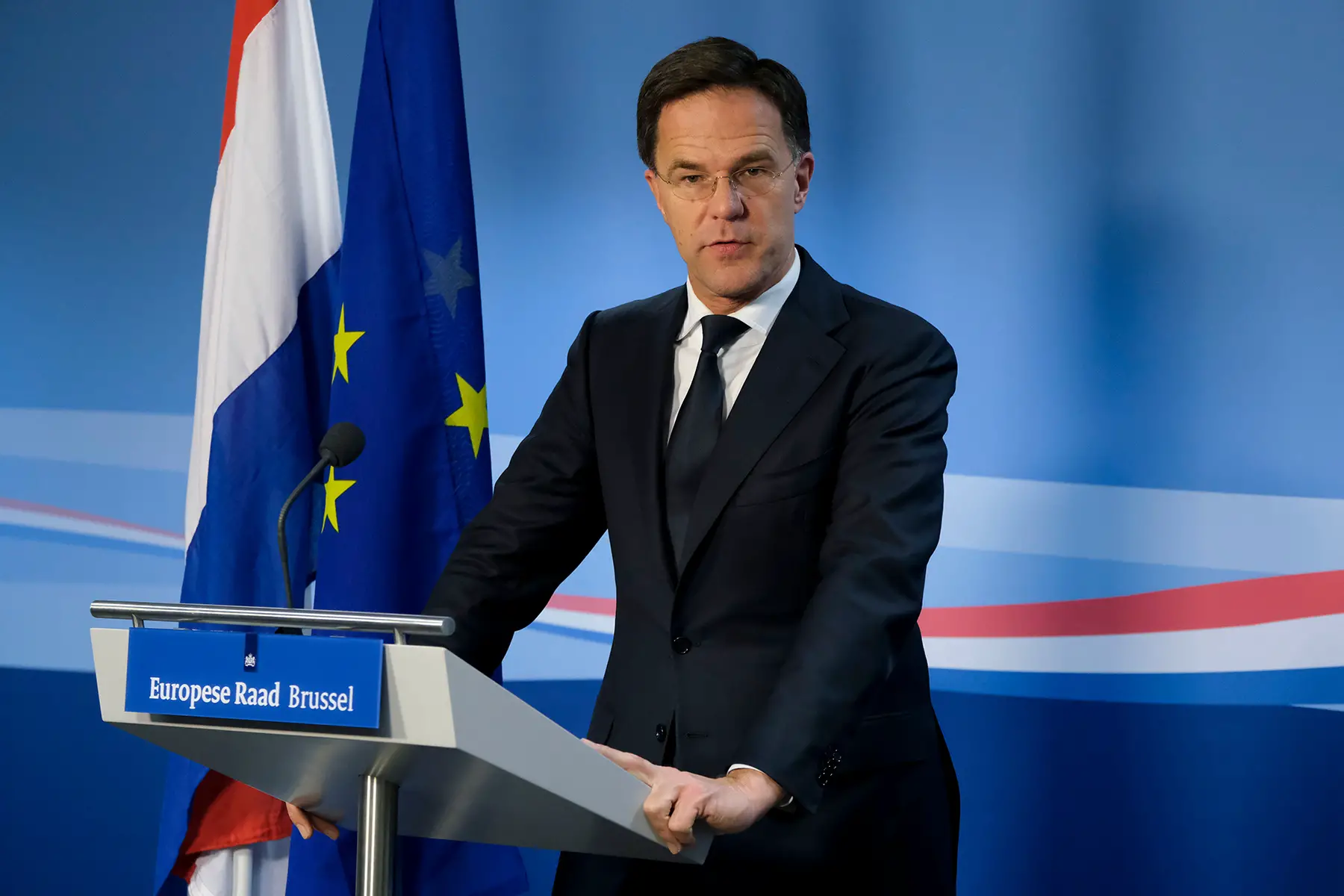
The Dutch government’s traditional reliance on a coalition of two or more parties has earned it the nickname the land of compromise. But, for the first time, a majority coalition formed in the last September 2012 elections. The Netherlands strengthened its stance on austerity with large gains achieved by pro-European parties, the central-right liberal VVD, and the social-democratic labor party PvdA. In contrast, losses were incurred by the previous coalition parties, the Christian Democrat CDA and Geert Wilders’ Freedom Party (PVV), a nationalistic party known for its right-wing focus. The next elections for Dutch political parties in the lower chamber of parliament are scheduled for March 2017.
With Mark Rutte continuing as prime minister, a coalition with Diederik Samsom’s PvdA gives the current Dutch government a comfortable majority to pass budget cuts, although further opposition support is needed to pass any laws in the Senate. Economic downturn, however, saw a large shift in public opinion towards cuts of €6 billion in the 2014 budget. But the deficit met the EU’s target in 2014, and is expected to sit at 2.2 percent in 2015.
Dutch royal family
Change followed from politics to royals, with Queen Beatrix abdicating in 2013 after a 33-year reign. The Netherlands’ national party, Queen’s Day (Koninginnedag), was particularly celebratory as it was tied to the coronation of the first Dutch king in 123 years. As Europe’s youngest monarch, King Willem-Alexander pledged to modernize the royal image, even forgoing the traditional ‘your majesty’ if people want.
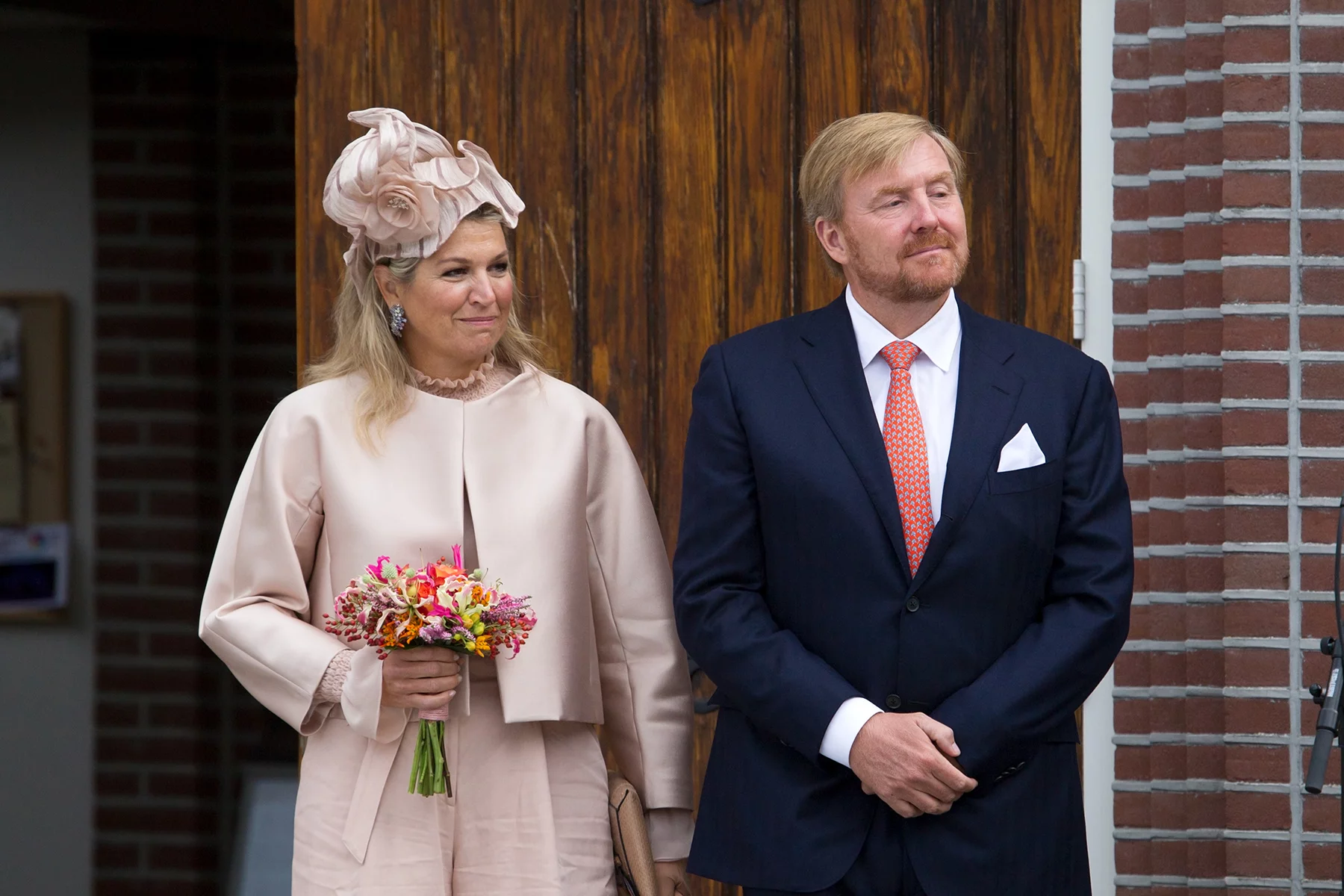
Now the Netherlands’ biggest nationwide party celebrates Koningsdag on April 27 (the king’s birthday), breaking the traditional celebration on April 30 that has honored the previous Queen Juliana’s birthday since 1949. Regardless, the ubiquitous oranjegekte (orange madness) still takes over, where people wear orange shirts, hats, dresses and wigs to celebrate while enjoying the annual free market (vrijmarkt), as it’s the one time when people can set up shop without a trading licence.
The Netherlands: facts and figures
Read more facts about the Netherlands in 30 Dutch facts you didn’t know.
- Population: 16,933,558 (August 2015 cbs.nl)
- Density: 493/km2 (the highest in the European Union in 2015)
- Administration: The constitution dates mostly from 1848, and revisions undertaken in 1983. Parliament consists of an upper chamber (eerste kamer) of 75 members elected by provincial councils and a lower chamber (tweede kamer) with 150 members elected every four years by proportional representation. The cabinet is the executive body and its constituents cannot be members of the cabinet and parliament at the same time.
- Monarchy: The House of Oranje-Nassau has governed the Netherlands since 1815. King Willem-Alexandar, born 1967, was crowned in 2013, along with his Argentinean wife Maxima, who serves as the queen consort.
- Landscape: A fifth of the Netherlands is reclaimed from the sea (polders) and about a quarter of the country is below sea level. There are 20 national parks and a few modest hills, with the country’s highest point reaching 322 meters in Limburg.
- Agricultural facts: Tiny Netherlands is the world’s second-largest exporter of agricultural products, including just over 20 percent of the world’s potato and tomato exports. The Dutch cow is a revered milk machine, producing 35 liters a day.
- Media and culture: The Netherlands has the highest museum density in the world with nearly 1,000 institutions. The television program Big Brother is a Dutch invention and Paul Verhoeven is known internationally for his direction of RoboCop and Total Recall.
- Design: Dutch icons of style are nurtured in the revered Design Academy Eindhoven and the Rietveld Academy in Amsterdam, attracting large ratios of international students. Dutch design is admired for its minimalist, quirky and often humorous qualities.
- Coffee: The Dutch played a significant role in shaping the history of coffee in Europe. In the early 17th century, the Dutch won a bid to bring the first live coffee plant from Yemen to Europe, and after successfully growing them in Amsterdam, began cultivation in their overseas Dutch colonies. Within a few years, the Dutch colonies Java and Suriname had become the main suppliers of coffee to Europe.
Photo credits: Floris Looijesteijn (Royal family), Minister-president (PM Mark Rutte).

